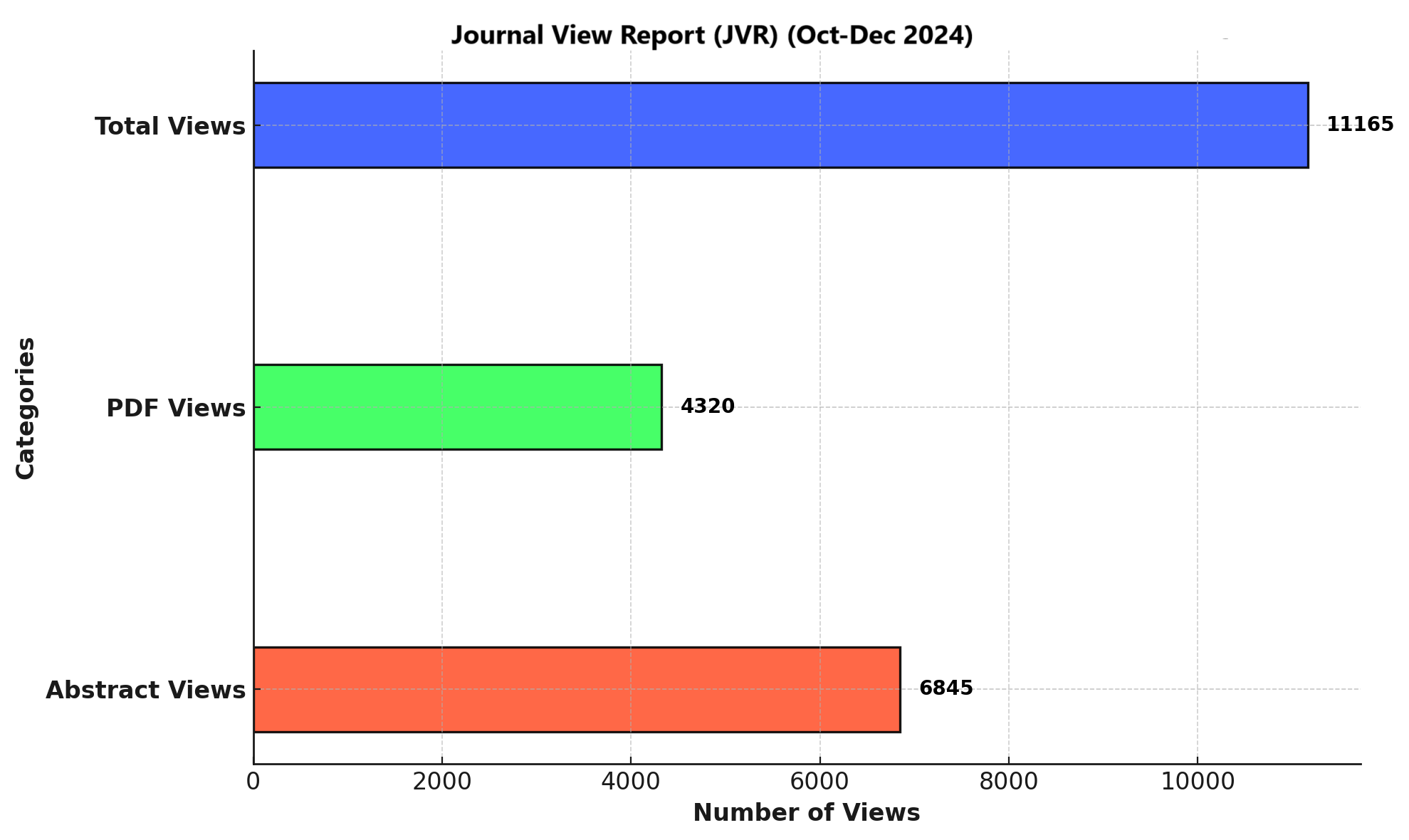FREQUENCY OF FECAL INCONTINENCE AND RECURRENCE IN PATIENTS WITH HIGH FISTULA INANO TREATED WITH POLYPROPYLENE (PROLENE-1) AS LOOSE SETON AT TERTIARY CARE HOSPITAL, KARACHI
DOI:
https://doi.org/10.71000/s7gqvj46Keywords:
Anal fistula, Loose seton, Fecal incontinence, High fistula-in-ano, Prolene-1, Recurrence, Seton treatmentAbstract
Background: High trans-sphincteric fistula-in-ano remains a challenging surgical condition due to the complex anatomy and risk of compromising sphincter function. Loose setons offering a balance between healing and continence preservation. Polypropylene (Prolene-1) setons are widely used due to their strength, affordability, and biocompatibility. However, concerns persist regarding recurrence and fecal incontinence, particularly in resource-constrained healthcare settings.
Objective: To determine the frequency of fecal incontinence and recurrence in patients with high fistula-in-ano treated with polypropylene (Prolene-1) as a loose seton at a tertiary care hospital in Karachi.
Methods: This cross-sectional study was conducted over six months at the Department of Surgery, Jinnah Postgraduate Medical Centre (JPMC), Karachi. A total of 104 patients aged 30–70 years with high trans-sphincteric fistula-in-ano were included using non-probability consecutive sampling. All underwent surgery under general or spinal anesthesia with Prolene-1 setons were placed and left in situ for three months. Patients were followed every two weeks postoperatively for evaluation of wound healing recurrence and fecal incontinence. Data were analyzed using SPSS version 22, with stratification and chi-square tests applied to assess associations.
Results: Among the 104 patients, 71 (68.3%) were aged 51–70 years, while 33 (31.7%) were 30–50 years old. There were 54 males (51.9%) and 50 females (48.1%). Recurrence was observed in 10 patients (9.6%), and fecal incontinence occurred in 16 patients (15.4%). Recurrence showed no significant association with age (p=0.12), gender (p=0.59), diabetes (p=0.60), hypertension (p=0.28), smoking (p=0.75), or duration of surgery (p=0.37). Fecal incontinence was significantly more common among non-diabetics (21.1% vs 0%, p=0.01) and non-hypertensives (20.8% vs 0%, p=0.01), and occurred only among urban residents (p=0.05).
Conclusion: Polypropylene (Prolene-1) as a loose seton is a safe and effective option for managing high fistula-in-ano, demonstrating low recurrence and acceptable incontinence rates. Clinical outcomes may be further optimized through appropriate patient selection and structured follow-up.
Downloads
Published
Issue
Section
License
Copyright (c) 2025 Muhammad Osama Iqbal, Sarkhail Ahmed Sayar, Kanwal Gul Bhellar, Sakeena Fayaz (Author)

This work is licensed under a Creative Commons Attribution-NonCommercial-NoDerivatives 4.0 International License.







